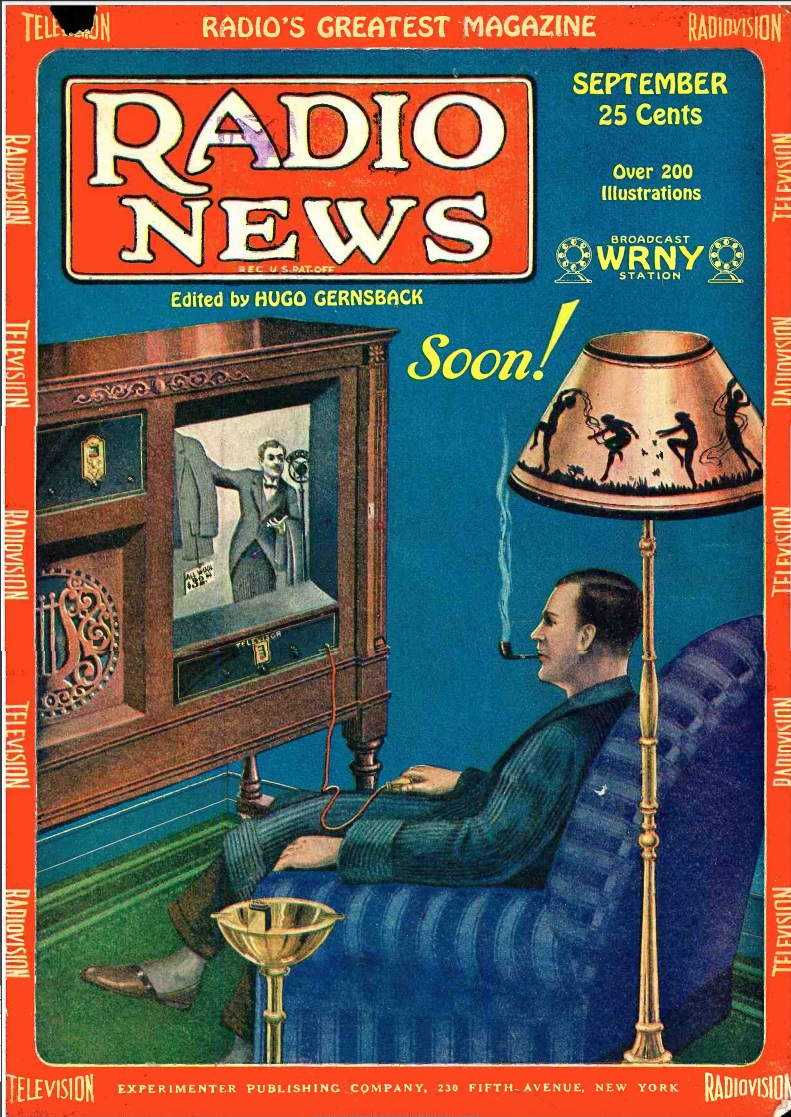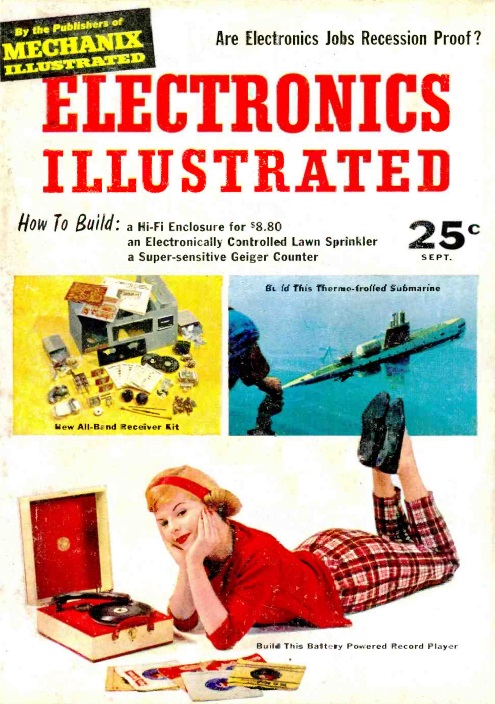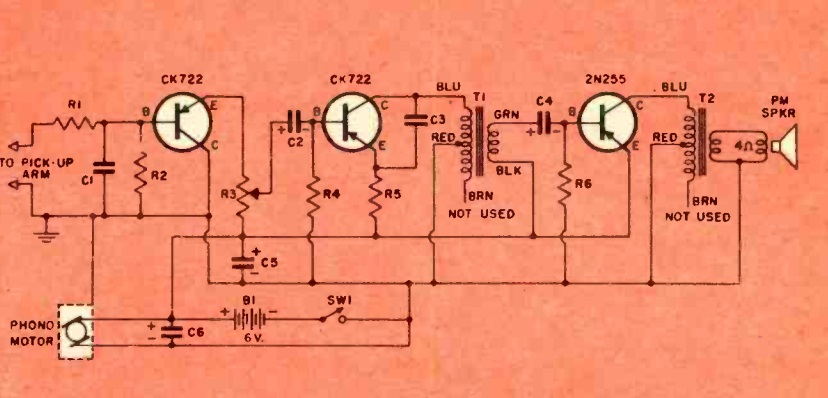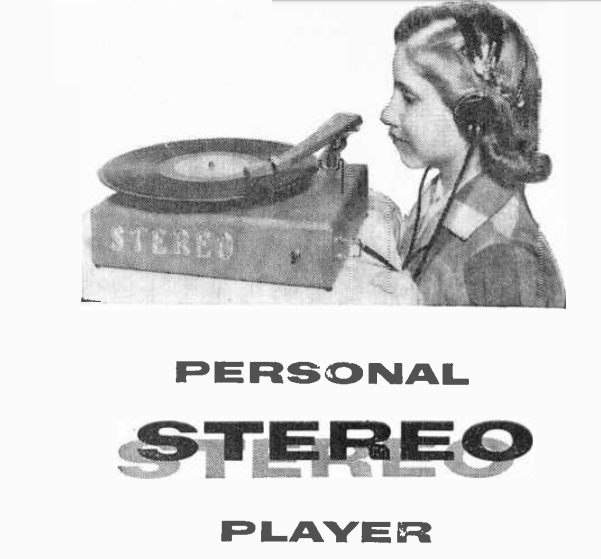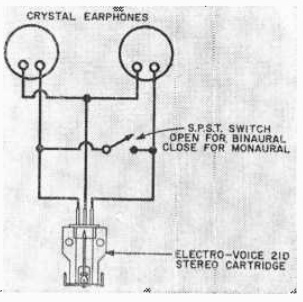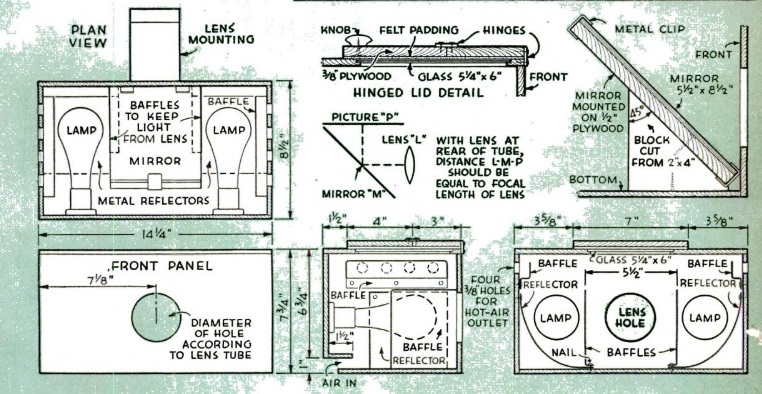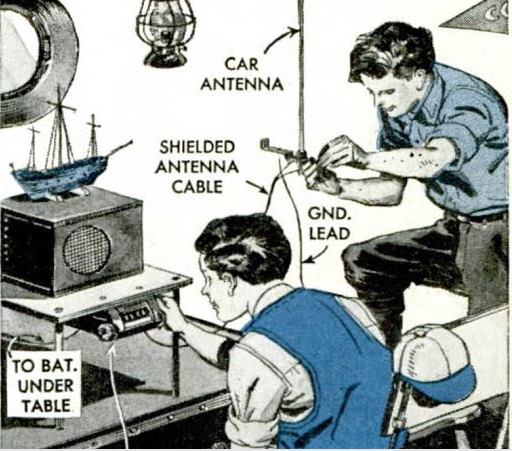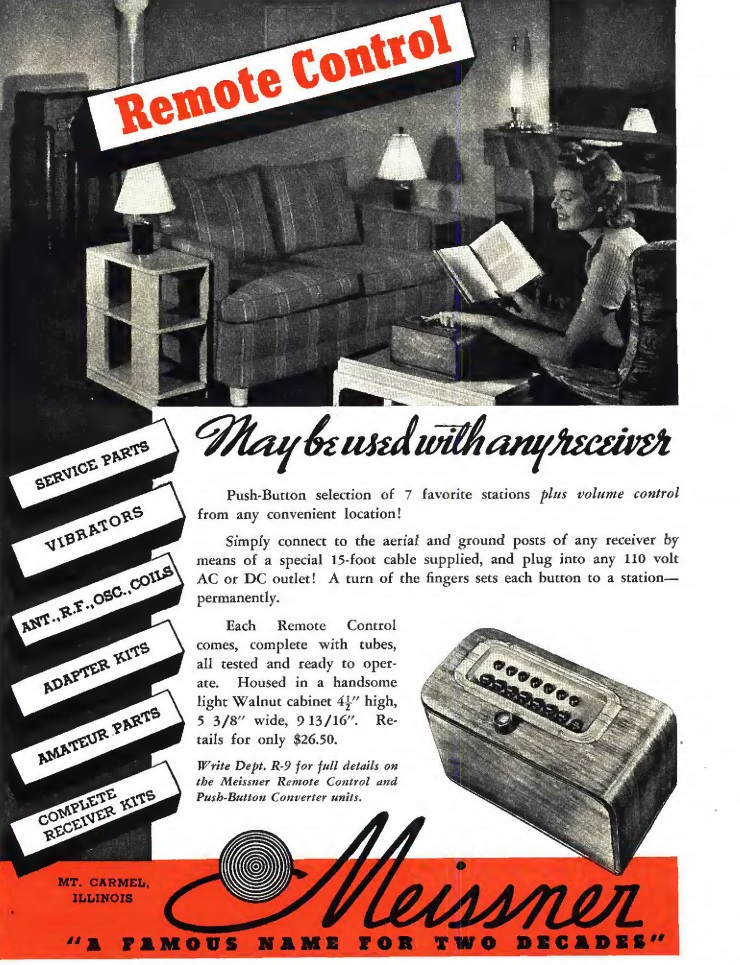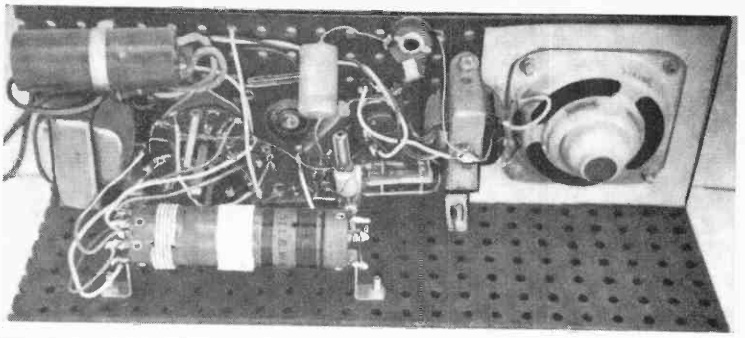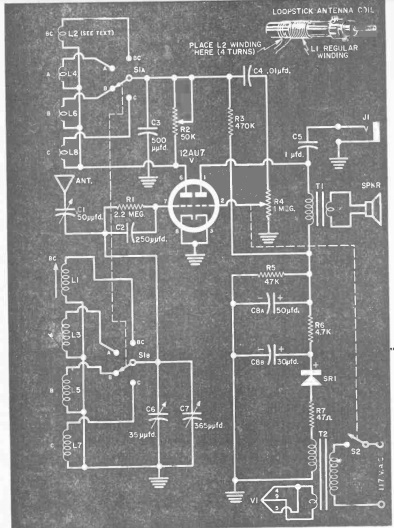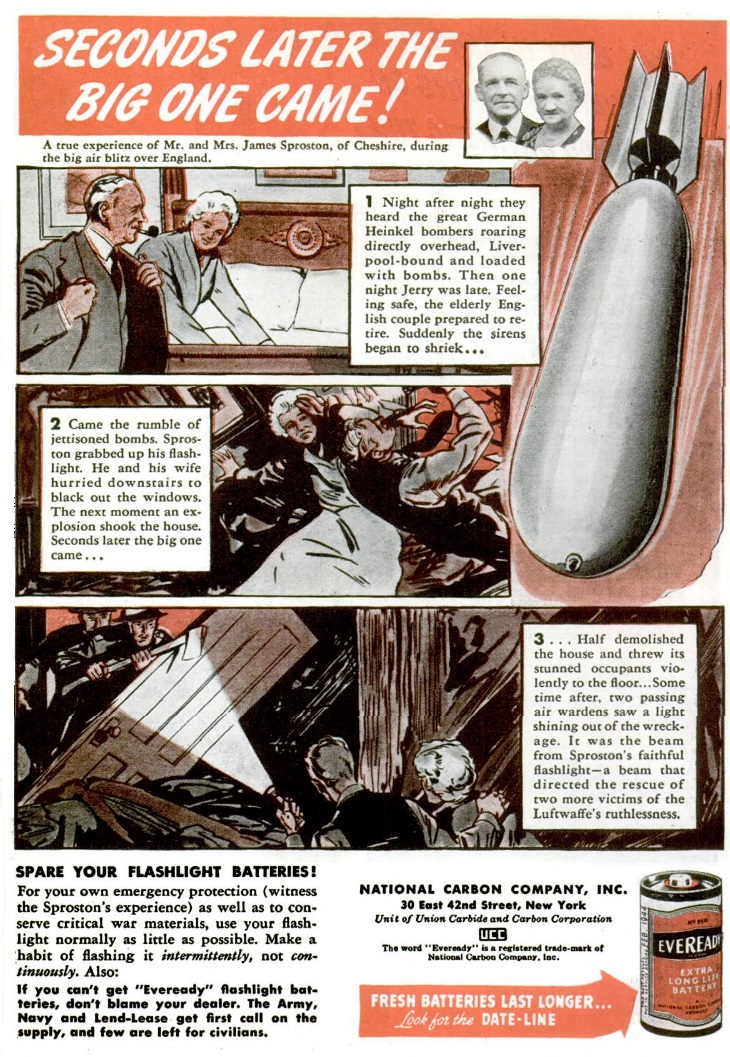
 Another Atlantic hurricane serves as a reminder of the need for emergency preparedness. Any number of emergencies can cause the power to go out, and if that happens, you’ll want your life to be as comfortable as possible.
Another Atlantic hurricane serves as a reminder of the need for emergency preparedness. Any number of emergencies can cause the power to go out, and if that happens, you’ll want your life to be as comfortable as possible.
Each year during hurricane season, our web page on making coffee without electricity gets lots of traffic. And there’s another electric appliance that people take for granted: The toaster.
The lack of electric power doesn’t mean that you have to give up making toast, since there’s an extremely inexpensive camping toaster available. I assumed that everybody knew about these, but the existence of this product often comes as a surprise. So whether it’s for camping trips or emergency preparedness, you might consider investing just a few dollars for one of these devices.
This toaster is nothing more than a metal plate that sits on any source of heat. You can use it on the stove at home or a camp stove. You can also use it on a charcoal grill or campfire. As long as you have a source of heat, you can make toast. Four wires fold into a frame, and you lean up to four slices of bread against the wire.
This kind of toaster only does one side of the bread at a time, so you will have to flip the bread halfway through the toasting process. But other than that minor inconvenience, the result is toast identical to what comes out of your normal electric toaster.
In addition to making toast, this toaster will cook anything that goes in your electric toaster. So it’s also good for things like Pop-Tarts, bagels, and English muffins. Other foods such as Toaster Strudels and Toaster Scrambles don’t need to remain frozen, and can be stored in a cooler for a few days. Therefore, with a camp toaster, these can be used for a very convenient hot breakfast.
Here are some of the available camp toasters on Amazon:
 Eighty years ago this month, the September 1938 issue of Radio News carried the plans for this one-tube CW transmitter using a single 6L6. It had a power output of twenty watts, which the magazine said meant a range of a thousand miles, with the chance of greater DX.
Eighty years ago this month, the September 1938 issue of Radio News carried the plans for this one-tube CW transmitter using a single 6L6. It had a power output of twenty watts, which the magazine said meant a range of a thousand miles, with the chance of greater DX.

